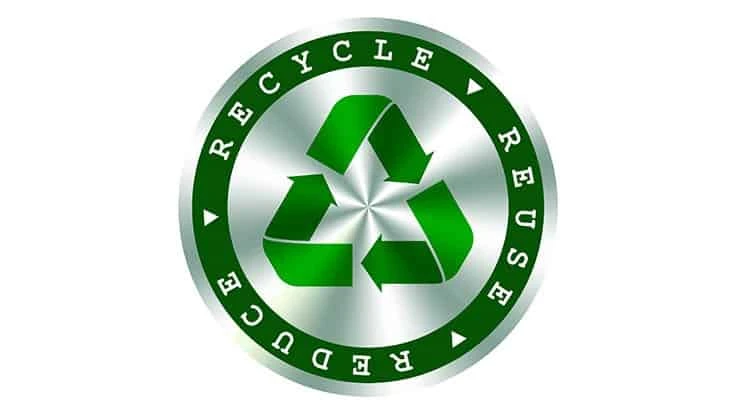
Nov.15 marks the 24th anniversary of America Recycles Day, a Keep America Beautiful initiative that encourages individuals to recycle and promotes events to educate the public about the importance of recycling.
Here are 15 reminders why every day should be America Recycles Day:
- On average, each American produces just under 5 pounds of trash each day. Families create approximately 18 pounds of trash every day, or more than 6,500 pounds each year, about the same weight as two Ford Escapes.
- Six hundred million tons of construction and demolition debris were generated in the United States in 2018, which is more than twice the amount of generated municipal solid waste.
- U.S. landfills contain more than 146 million tons of material. That weighs as much as 14 and a half Tyrannosaurus Rex.
- About 304 million Amazon boxes end up in landfills each year.
- At least 8 million tons of plastic end up in our oceans every year; nin times as heavy as The Golden Gate Bridge.
- Germany and Austria recycle or compost more than 60 percent of their waste; the U.S. recycles half that amount.
- According to the Environmental Protection Agency, the recycling industry in the U.S. supports well more than 600,000 jobs, nearly $38 billion in wages and $5.5 billion in tax revenues.
- Nearly 70 million tons of municipal solid waste are recycled each year. Paper and paperboard are the most recycled.
- According to the U.S. Energy Information Administration, for every 100 pounds of municipal solid waste in the U.S., more than 85 pounds can be burned, and that heat can turn water into steam to run a turbine and generate electricity.
- Recycled materials use much less energy to reuse than mining or making materials from scratch. For example, recycling aluminum saves more than 90 percent of the energy needed to produce new aluminum.
- Using recycled aluminum cans instead of producing new aluminum creates 95 percent less air pollution and 97 percent less water pollution.
- Consumers are nearly twice as likely to recycle aluminum cans, and aluminum cans can contain more than three times the recycled content than other beverage containers.
- A used aluminum can go back into use as a new can in as little as 60 days. Recycling that same recycled aluminum can produce the energy equivalent of half a tank of gas.
- In the 19th century, aluminum was more valuable than gold or silver. Today, aluminum is the most valuable material in recycling bins – it drives municipal recycling programs and essentially subsidizes the recycling of less valuable materials.
- If the U.S. recycled all our aluminum cans, we could power 4 million homes for a year with the energy saved and save $800 million a year for the U.S. economy.
Whether you’re familiar with these recycling statistics or not, it’s clear that focusing on recycling correctly and more often will go a long way in promoting a circular economy, achieving the country’s sustainability goals and protecting our planet. Committing to recycling right and more often every day will have a major positive impact for us all and generations to come.
Ryan Roush is chief commercial officer at JW Aluminum, which is based in Mt. Holly, South Carolina. Visit www.jwaluminum.com for more information.
Latest from Recycling Today
- BMW Group, Encory launch 'direct recycling’ of batteries
- Loom Carbon, RTI International partner to scale textile recycling technology
- Goodwill Industries of West Michigan, American Glass Mosaics partner to divert glass from landfill
- CARI forms federal advocacy partnership
- Monthly packaging papers shipments down in November
- STEEL Act aims to enhance trade enforcement to prevent dumping of steel in the US
- San Francisco schools introduce compostable lunch trays
- Aduro graduates from Shell GameChanger program





